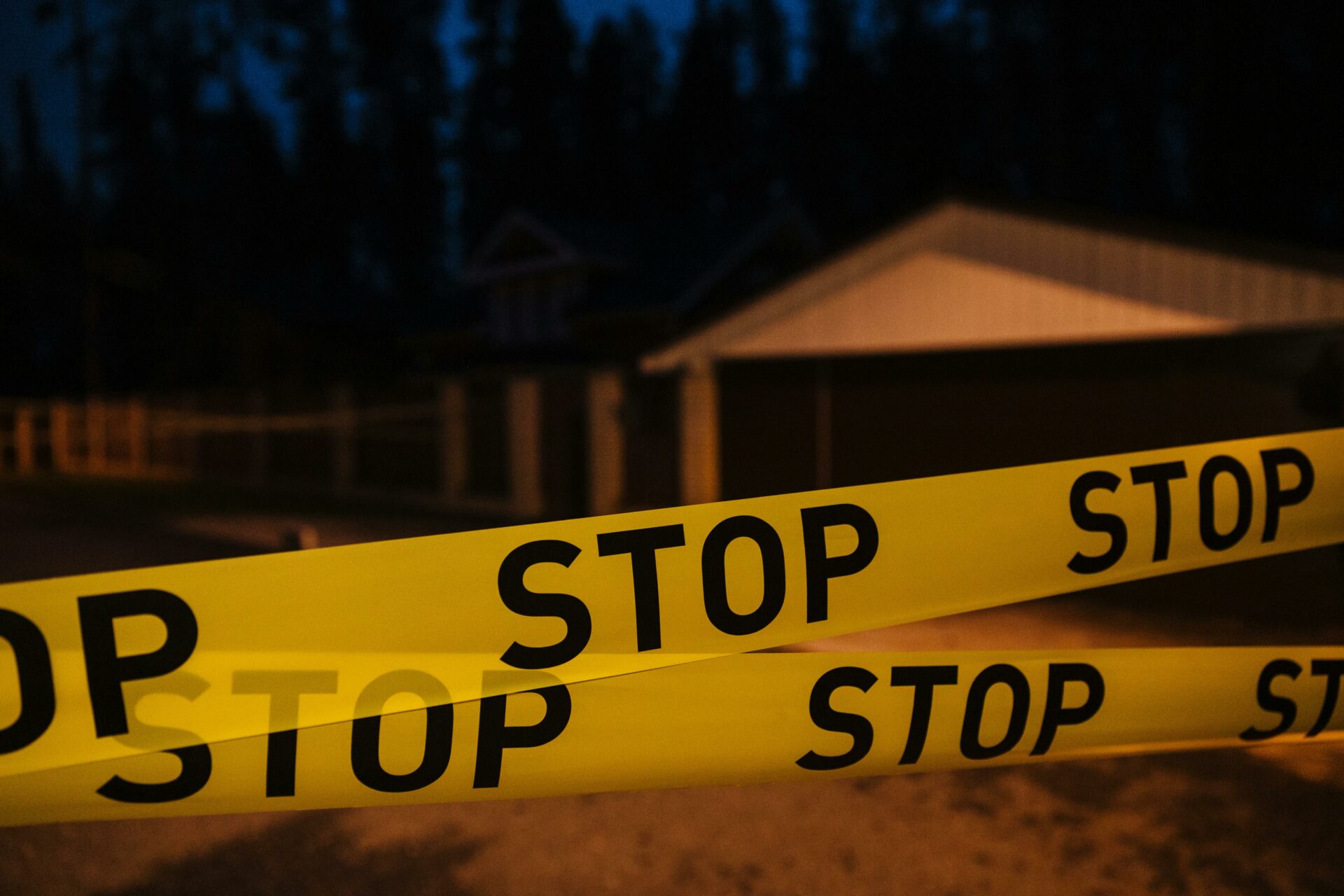We all know Canada can get pretty cold, but it turns out their weather is way more interesting than just snow and ice.
In this article, I will discuss 9 weather phenomena in Canada that sound almost too wild to be true.
Thundersnow

This rare event happens when thunder and lightning occur during a snowstorm. It’s like a summer thunderstorm, but with snow instead of rain. Thundersnow is most common near the Great Lakes. The snow can muffle the sound of thunder, making it seem eerier than usual.
Frost Quakes
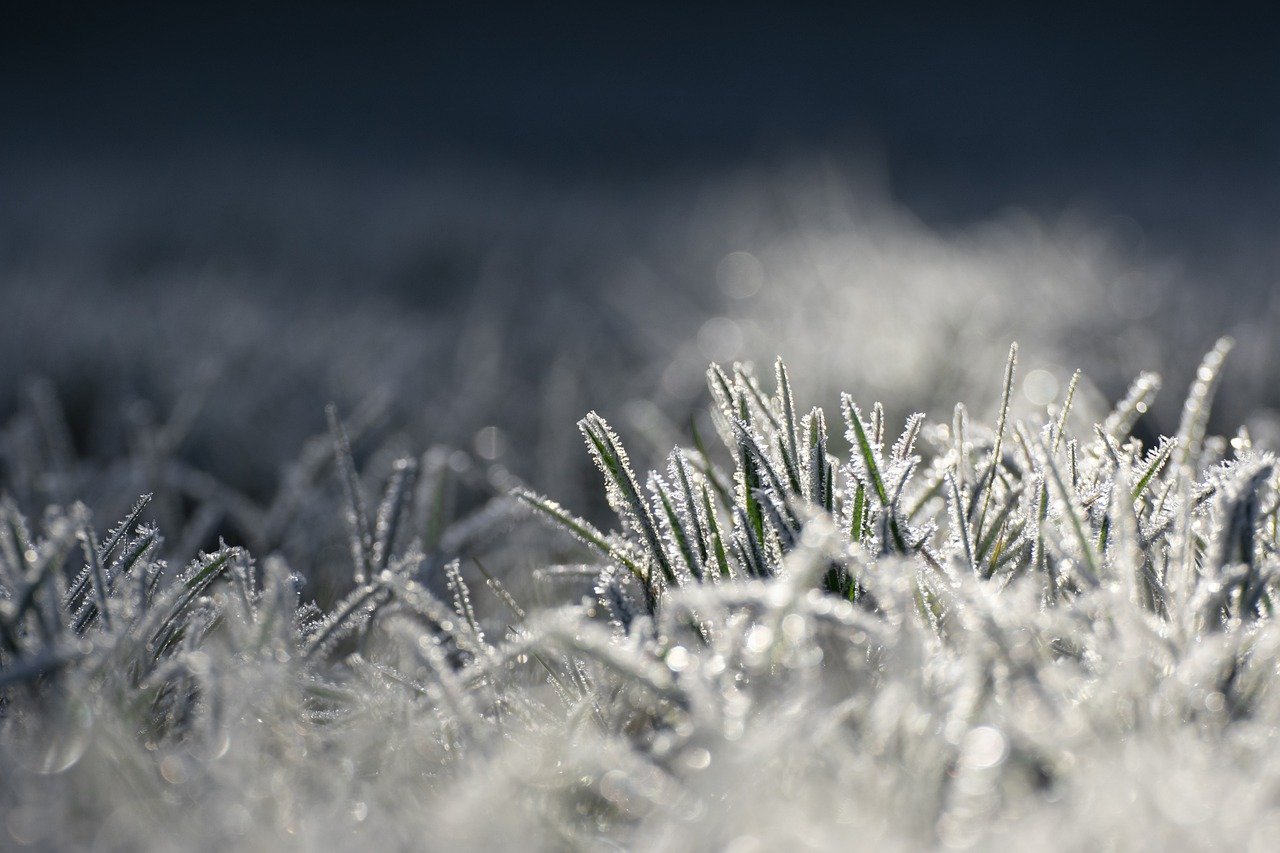
Also called cryoseisms, these are loud booms caused by freezing water in the ground. They happen when temperatures drop suddenly after mild weather. The sound can be so loud it shakes houses and scares people. Frost quakes are more common in areas with lots of moisture in the soil.
Steam Devils
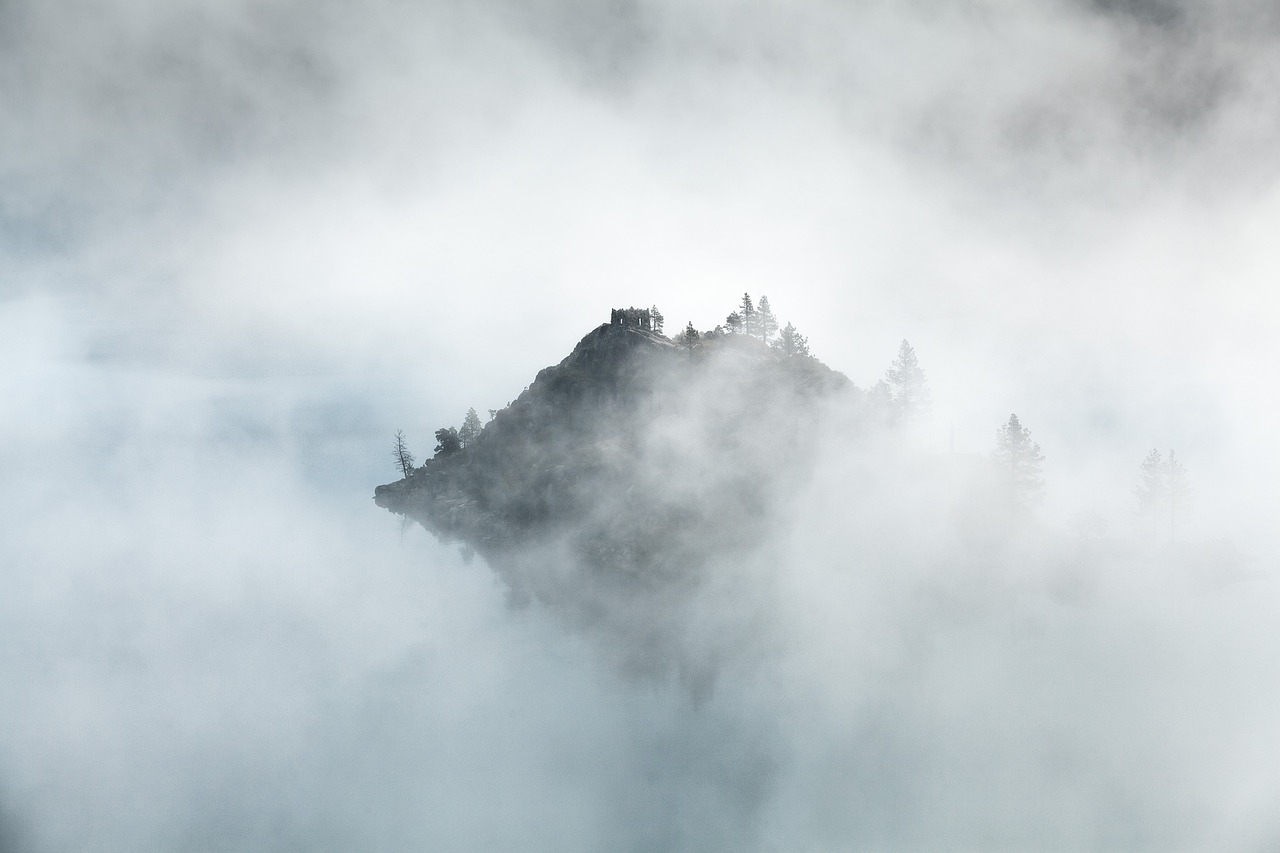
These are small, spinning columns of steam that form over lakes in very cold weather. They look like tiny tornadoes made of mist. Steam devils happen when cold air moves over warmer water. They’re usually harmless but can be quite a sight to see.
Ice Fog
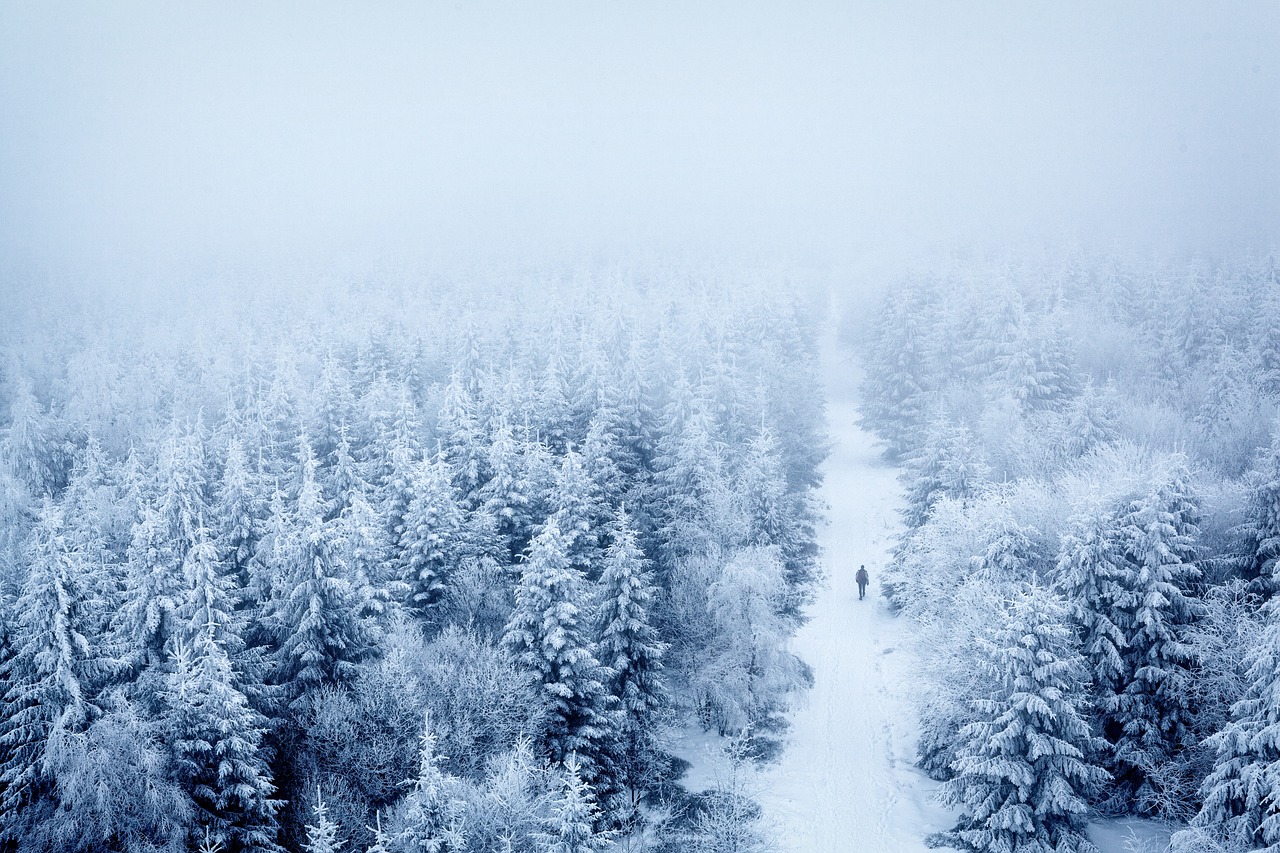
This is a type of fog that forms in extremely cold temperatures, usually below -30°C (-22°F). Tiny ice crystals float in the air instead of water droplets. Ice fog can make it hard to see and can coat everything in a layer of frost. It’s most common in northern parts of Canada.
Fallstreak Holes
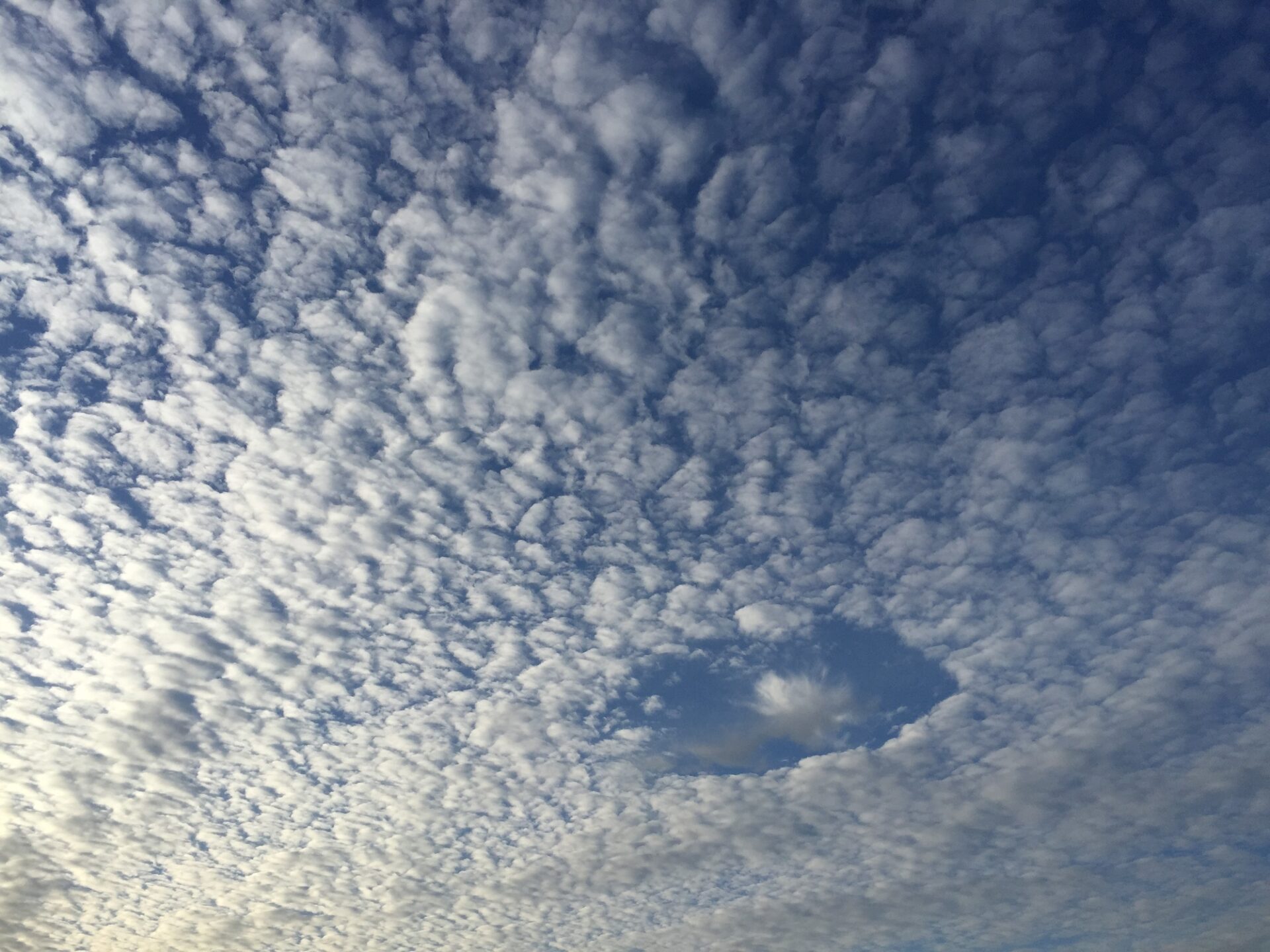
These are circular or elliptical gaps that appear in clouds, also called “hole punch clouds“. They form when part of a cloud’s water droplets freeze and fall. Fallstreak holes can look like UFOs or portals in the sky. They’re rare but can happen anywhere in Canada.
Moonbows
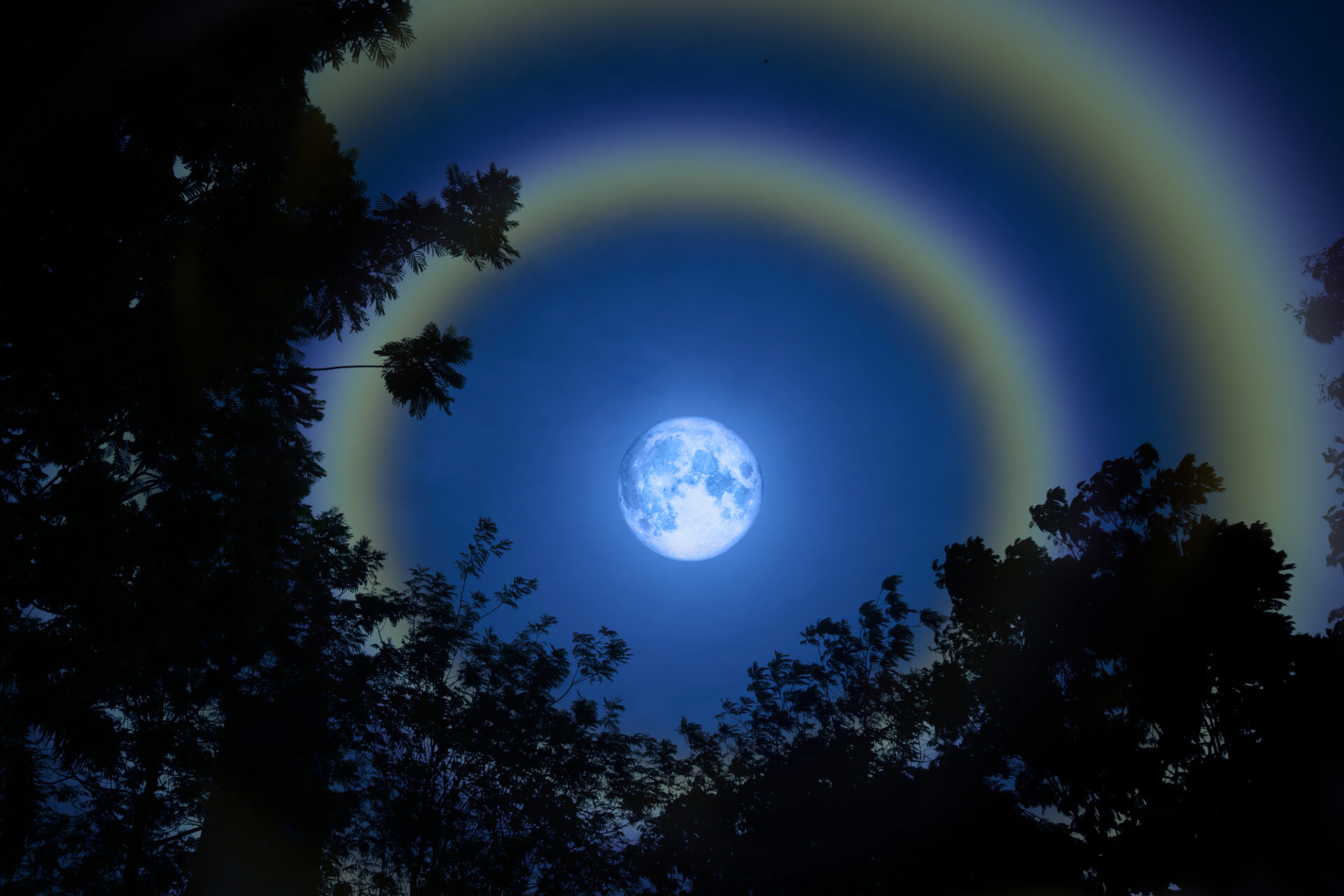
These are like rainbows, but they’re caused by moonlight instead of sunlight. They appear as faint, white arcs in the sky on clear nights with a bright moon. Moonbows are hard to see with the naked eye but show up in photographs. They’re most likely to occur near waterfalls or during light rain.
Light Pillars
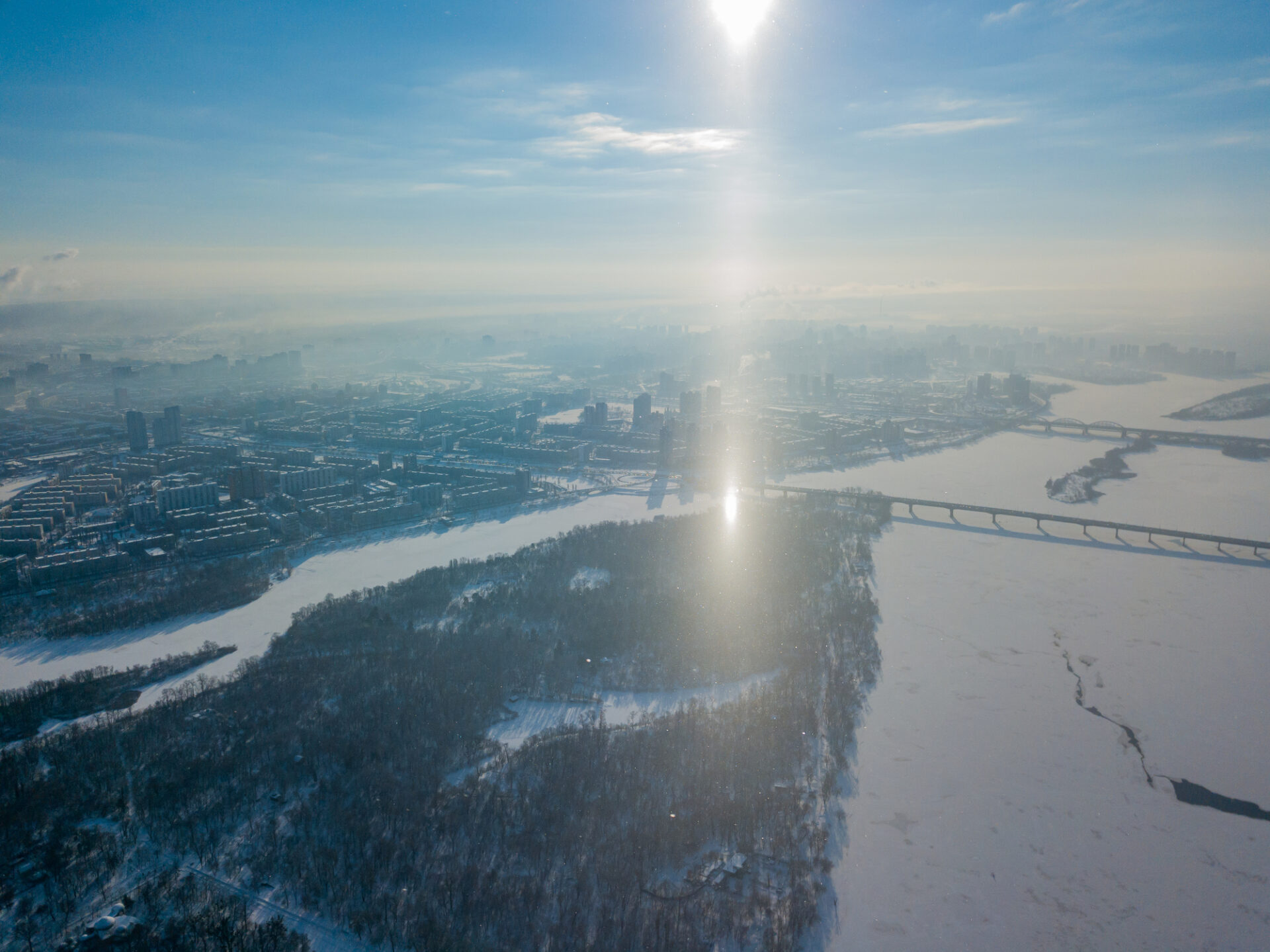
These are vertical columns of light that appear to extend above and below bright light sources. They’re caused by light reflecting off ice crystals floating in the air. Light pillars can look like beams shooting into the sky from streetlights or the sun. They’re most common in cold climates during winter.
Upward Lightning
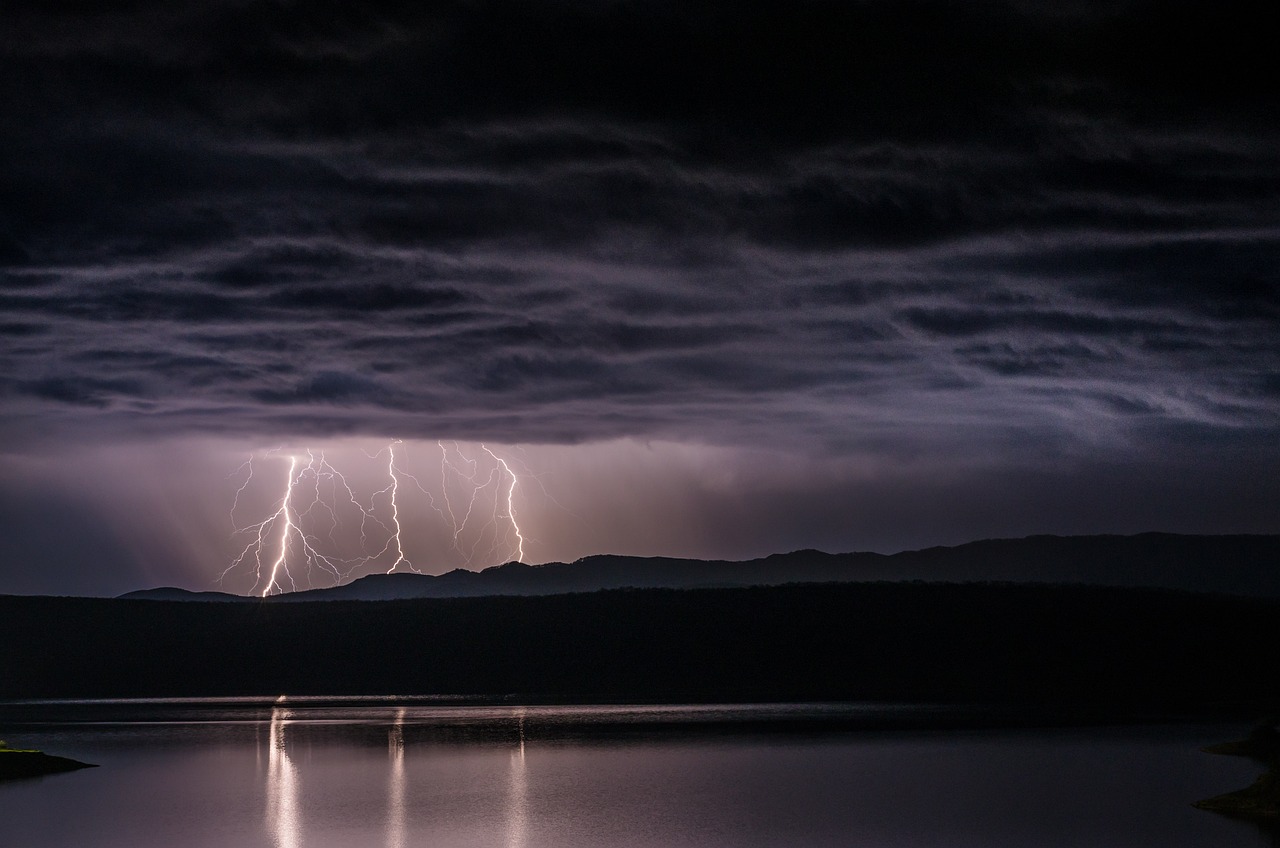
While most lightning strikes from cloud to ground, upward lightning goes from the ground up to the clouds. It usually starts from tall structures like skyscrapers or radio towers. Upward lightning is rare but can be seen in thunderstorms across Canada. It looks like the building is shooting lightning into the sky.
Fog Bows
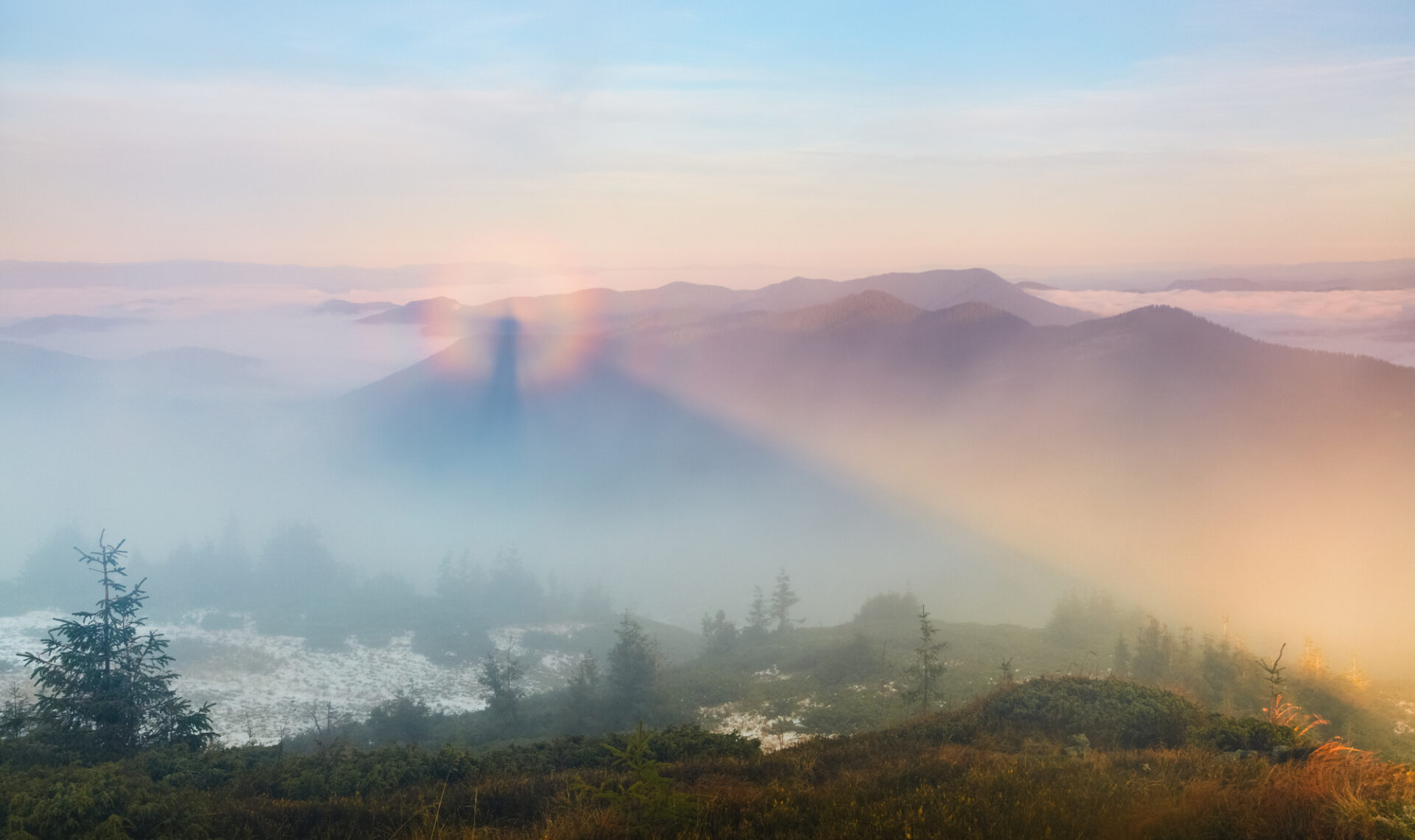
These are similar to rainbows but appear in fog instead of rain. They’re usually white or very pale in color. Fog bows form when sunlight interacts with the tiny water droplets in fog. They’re most often seen in coastal areas or near large bodies of water.
Canada’s Old Age Security Pension: 21 Facts You Should Know

Canada’s Old Age Security Pension: 21 Facts You Should Know
12 Surprising Changes To Your Body When You Stop Smoking
